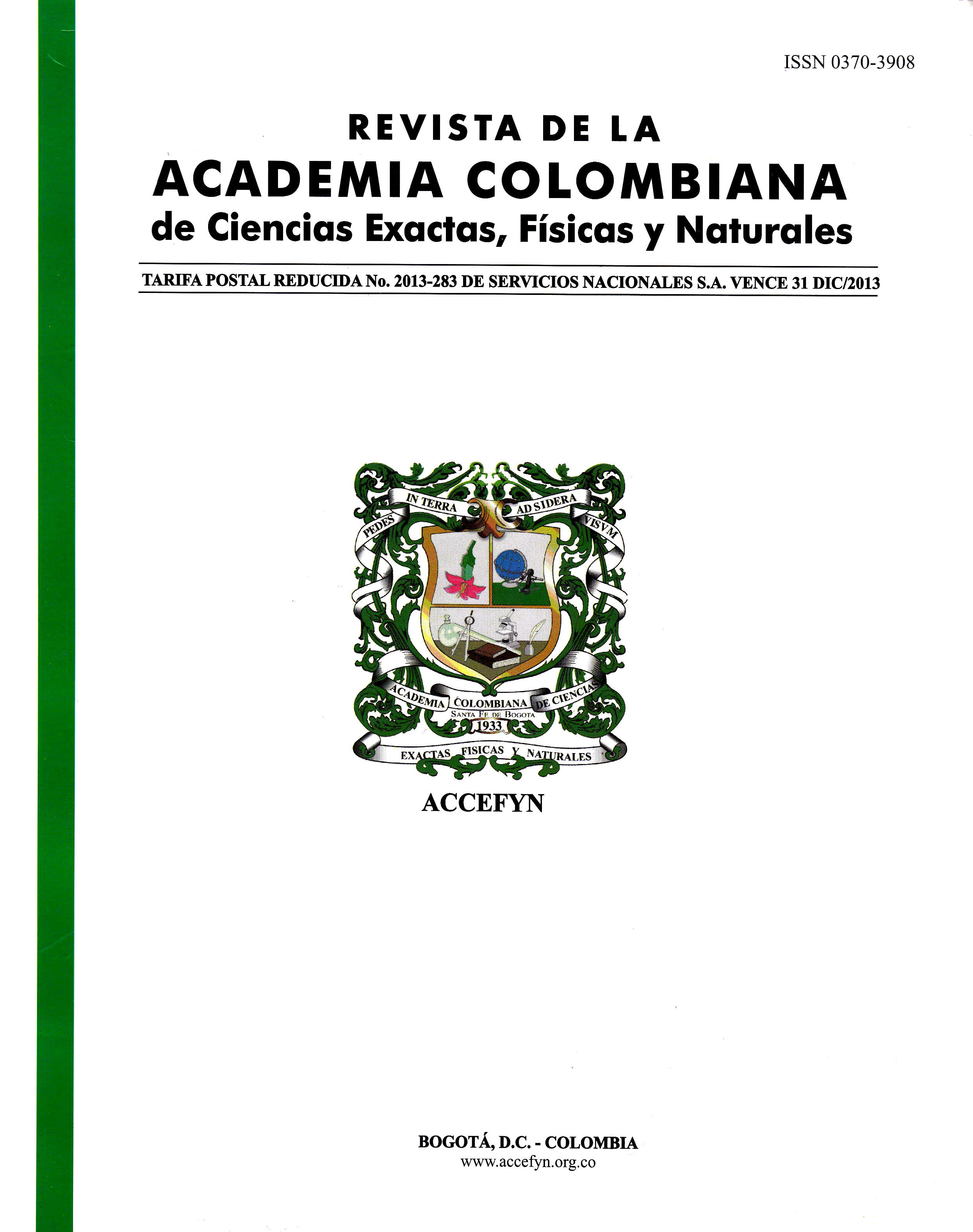Abstract
Castor (Ricinus communis L.) has become a very important crop for the industry because it is an alternative for the production of biofuel, besides its multiple uses like castor oil. But, as the planting area increases, several new diseases have been detected. This research was conducted in order to identify the causal agent of the necrosis of the terminal buds or apical death, on the varieties Nordestina and Energía. To the microorganism isolated, pathogenicity tests were conducted to demonstrate Koch’s postulates, and once demonstrated its pathogenicity, its cultural, morphological, and biochemical characteristics were determined. The results showed that the necrosis of the terminal shoots of castor is caused by Xanthomonas campestris, which is manifested by the presence of oily-looking patches of brown or black color in the terminal buds and young leaves, in addition to bacterial exudates. The bacterium was found in the seeds of both varieties tested, contaminating the seed coat and embryo, concluding that the seed is the primary source of inoculum of this disease.
Keywords
References
Botero, M. J. & G. Franco. 2007. Identificación y caracterización preliminar del agente causal de la Mancha necrótica de las hojas de la mora (Rubus glaucus) en el municipio de Trujillo (Valle del Cauca, Colombia). Revista Corpoica - Ciencia y Tecnología Agropecuaria 8(2):22-25.
Botero, M. J. & M. C. Ramírez. 1997. Identificación y caracterización de bacterias asociadas con enfermedades en maracuyá (Passiflora edulis var. flavicarpa), en dos zonas productoras del departamento de Caldas. Trabajo de grado (Especialista en Microbiología). Universidad Católica de Manizales. Post-Grado de Microbiología. 191 p.
Botero, M. J., M. C. Ramírez & J. Castaño-Zapata. 2006. Determinación del periodo de incubación de Xanthomonas campestris pv. passiflorae Pereira, agente causante de la Bacteriosis del maracuyá (Passiflora edulis var. flavicarpa Degener). Boletín Fitotecnia N0. 107. Enero 2006.
Castaño Zapata, J. & L. Del Rio Mendoza. 1997. Manual para el diagnóstico de hongos, bacterias, virus y nematodos fitopatógenos. 1ed. Manizales: Centro Editorial Universidad de Caldas, Manizales, Colombia - Zamorano Academic Press, Tegucigalpa, Honduras. 210 p.
Corpoica. 2008. Higuerilla: Alternativa productiva, energética, y agroindustrial para Colombia. Primera ed. Rionegro 2008. 35 p.
Da Silva Cunha, M. A. 2008. Análisis molecular de la variabilidad genética entre genotipos de Ricinus communis L. revelada por marcadores RAPD. Brasil. 52 p.
Holt, J. G., N. R. Hrieg, P. H. Sneath, J. T. Staley & S. Williams. 1994. Bergey‘s manual of determinative bacteriology. 9th ed. USA: Williams & Wilkins, Ed. 787 p.
Lozano, J.C. & L. Sequeira. 1974. Bacterial blight of cassava in Colombia: Etiology. Phytopathology 64:74-82.
Mehta, Y. R., C. Bonfeti & V. A. Bolognini. 2005. A semi selective agar médium to detect the presence of Xanthomonas axonopodis pv. malvacearum in naturally infected cotton seed. Fitopatología Brasilera 30(5):489-495.
Nico, A.I, A. M. Alippi, E. Dal Bo & L. B. Ronco. 2006. Interacción de Pseudomonas corrugata y Pseudomonas viridiflava y diferentes genotipos de tomate. Revista de la Facultad de Agronomía 106:37-45.
Schaad, N.W. 1988. Laboratory guide for identification of plant pathogenic bacteria. St. Paul. University of Georgia. Department of Plant Pathology. 164 p.
Swings, J.G. & E. L. Civerolo. 1993. Xanthomonas. First ed. London: Chapman & Hall. 399 p.
Tushemereirwe, W., A. Kangire, F. Ssekiwoko, L. C. Offord, J. Crozier, E. Boa, M. Rutherford & J. J. Smith. 2004. First report of Xanthomonas campestris pv. musacearum on banana in Uganda. Plant Pathology 53:802.
Walcott, R.R., R. D. Gitaitis & A. C. Castro. 2003. Role of blossoms in watermelon seed infestation by Acidovorax avenae subsp. citrulli. Phytopathology 93:528-534.

This work is licensed under a Creative Commons Attribution-NonCommercial-NoDerivatives 4.0 International License.
Copyright (c) 2023 https://creativecommons.org/licenses/by-nc-nd/4.0





